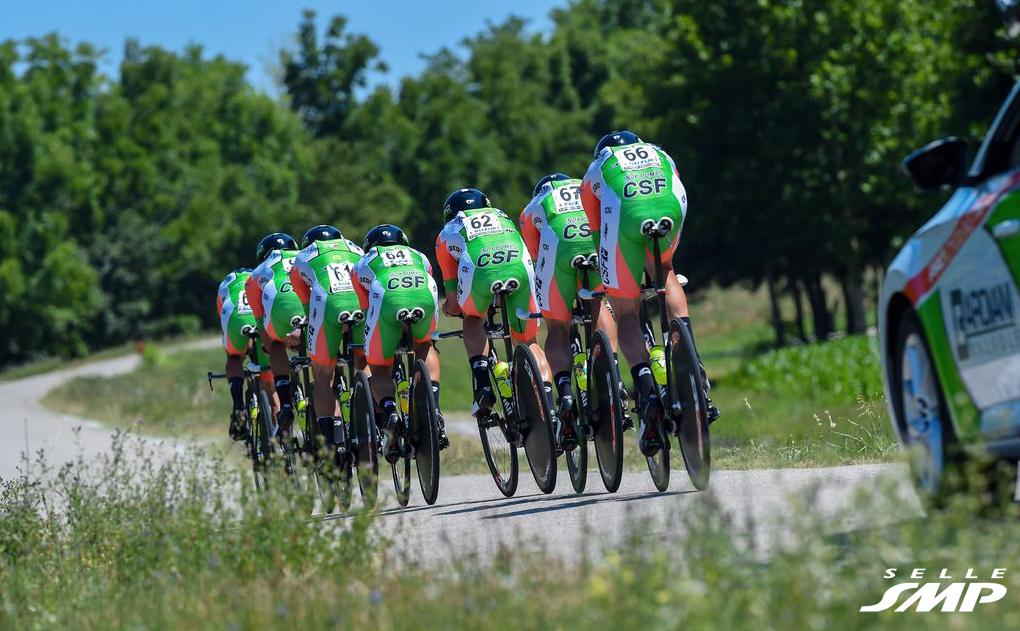You have surely heard of a prostate saddle or, better still, you use one on your bike. What you may not know is that this type of saddle was created to solve a wide variety of problems, not just those related to the prostate. And what may surprise you is to discover that not all saddles with a hole really solve such problems. Let's try to make it clearer, shall we?
Saddles commonly referred to as “prostate” saddles have been designed to deal with various problems that arise in the genital area of males and females.
These problems are caused by the compression of veins, arteries and nerves in this area. The most common sensation is one of tingling or numbness of the genitals. However, other problems are of a more serious nature and regard fertility, difficulty in urinating, the prostate gland and other diseases.
In addition, you may have experienced pain or discomfort on the saddle: in this case the genitals lose sensitivity during and after cycling. Doctors talk about disorders due to compression of veins and nerves in the genital area therefore cyclists do not enjoy riding their bike.
In short, the human body was not meant to sit on a saddle. In fact, the bike is also one of the causes of small injuries to the penis and vagina, i.e. the perineal and genital area that cyclists call “the perineum”.
So should you stop cycling for this reason? Certainly not! Cycling is accessible to everyone and it provides you with aerobic exercise that has beneficial effects on the heart, which has been confirmed by many medical studies.
Hence, cycling is one of the most popular sports in the world. Millions of people of all ages use a bicycle to get around, have fun, keep fit, do sport and do cycle tourism. So how can you enjoy your bike without any problems? The answer is in the right saddle.
What should a real prostate bicycle saddle be like?
First of all, you need to choose an ergonomic saddle, i.e. with a wide and completely open channel along the entire length. With this "hole", whatever your position, your weight is only on the pelvis bones (ischial tuberosities) and there is no compression of the genital area.
The shape of the saddle tip is also important. A downward curved tip not only improves the rideability of the bike, but also prevents crushing of the outer genitals when in very low positions on the handlebars and compression of the perineal area.
Finally, the shape of the supporting surface is crucial. The increased load on the pelvic bones can make you feel sore and painful in the buttocks area. To avoid such discomfort, check the design of the support surface and test the saddle. The various shapes are designed to adapt to the physical build and specific posture of each user.
Now that you can recognise a good prostate bike saddle, take a look at our saddles here. Or discover the medical research (officially approved by the international scientific community), with which Selle SMP has obtained 5 world patents.

